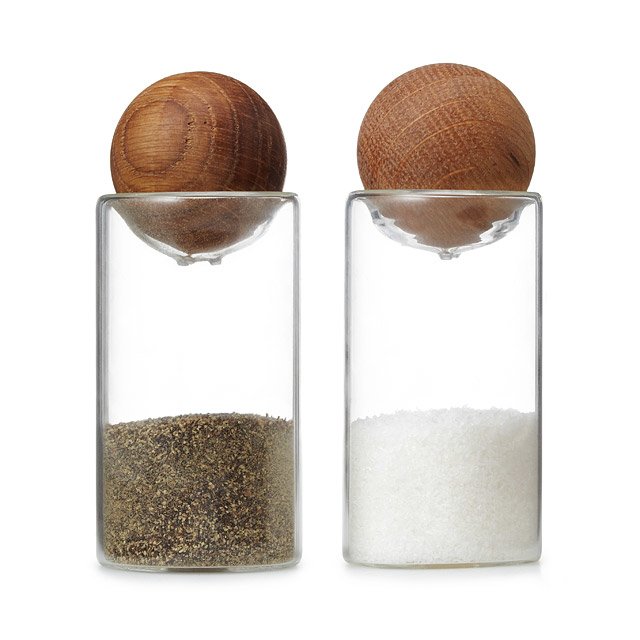VAT.
There. It’s worth staring at those three letters for a little bit, because you’ve probably seen them before, and they made you a little sad inside. That’s perfectly okay. That’s a perfectly healthy reaction. VAT kinda sucks, especially when you don’t understand it.
By the time you’ve finished reading this series of posts you’ll understand exactly what it is, how it affects your business, and the easiest way to set up your company so that you rarely have to deal with it again.
VAT is the European equivalent of SALES TAX. It stands for VALUE ADDED TAX.
While it is the EQUIVALENT of sales tax, it is not the same, and perhaps the best way to understand VAT is to understand how it is different from SALES tax, and maybe the best way to do that is to have a good understanding of Sales Tax.
Think of sales tax as a consumer tax. Or more specifically, a tax for when a product is consumed. It is at the end of the line. You have purchased a laptop, or silicone glove, or salt and pepper shaker, and that’s it. It’s done. Chances are the next place this thing is going is the trash. Sales tax is the tax that is applied to a product right before it gets thrown in the trash.
But before it was SOLD/CONSUMED, that thing had a pretty exciting life. Let’s check it out… we’ll use SALT AND PEPPER SHAKERS.

Striking.
Okay. So in order for these to show up on the shelf at Amazon, a number of things had to happen, starting from manufacturing, and at each step the government checks to see if this product has been consumed.
MANUFACTURER: Dear glass-maker. I’d like to buy some glass.
GLASS MAKER: Sure thing, it’s $1.
GOVERNMENT: HEY GUYS ARE YOU THROWING THAT AWAY WHEN YOU’RE DONE?
GLASSMAKER/MANUFACTURER: No!
GOVERNMENT: jeesh sorry relax guys just asking
TOTAL SPENT: $1
TOTAL TAXED : $0
The manufacturer then realized it needed some wood because you cant just sell a glass tube and call it a salt shaker.
MANUFACTURER: Dear wood-grower, I’d like to buy some wood.
WOODGROWER: Sure thing, $10.
MANUFACTURER: Seems high.
WOODGROWER: Tough. You think this shit grows on trees?
MANUFACTURER: …
WOODGROWER: Okay fine. $1.
MANUFACTURER: Deal.
GOVERNMENT: HEY GUYS ARE YOU THROWING THAT AWAY WHEN YOU’RE DONE?
MANUFACTURER/WOODMAKER: NO!
GOVERNMENT: chill out guys just asking.
TOTAL SPENT: $2
TOTAL TAXED: $0
Having attached the wood and glass in the shape that would be most conducive to pouring pepper (or salt) on food, the manufacturer now decides to sell this glorious salt shaker to someone who will handle all of the sticky stuff like getting a person who has visited Amazon.de to think this is better than the other 900 salt shakers on the market, and to handle all of the questions like “Dear person who sold me this. Will this work with, say, rock salt, or glue?” This, poor, sainted person, is you, the retailer.
RETAILER: I’d like to sell some of your salt shakers to the public at large.
MANUFACTURER:They’re $3 each. Are you sure you want to do this to yourself? You know that’s going to be kind of unpleasant right? Maybe you could learn a trade?
RETAILER: Nah, at $3 I can sell that for literally 10x more than you’re selling it to me for.
MANUFACTURER: Did I say $3 each? I meant $5.
RETAILER: Okay sweet. What’s your MOQ?
MANUFACTURER: One, I guess.
RETAILER: Okay I’ll take 1.
MANUFACTURER: $5
RETAILER: Okay I thought it was $3 each.
MANUFACTURER: It was.
RETAILER: Okay here’s my credit card.
MANUFACTURER: I promise not to keep an eye on your business and then cut you out of it later when you’ve created demand.
GOVERNMENT: WOOHOO BIG MONEY IS IT GOING IN THE TRASH YE–
RETAILER/MANUFACTURER: NO.
GOVERNMENT: you guys are mean.
TOTAL SPENT: $7.
TOTAL TAXED: $0
You, the retailer then ship it to Amazon, who then presents it to the customer, who then then BUYS it from you, through Amazon.
CUSTOMER: Oooh. This salt and pepper shaker set is striking.
RETAILER: Yep I know.
CUSTOMER: Nice pictures.
RETAILER: Thanks, I spent extra on those.
CUSTOMER: Your copy really sells the benefits, and not just the features, fancy.
RETAILER: Yep, that’s no accident.
CUSTOMER: I’ll give you $50 for them.
RETAILER: [gasp] I mean, sure, sounds fair.
GOVERNMENT: ALRIGHT THIS HAS TO BE GOING IN THE TRASH NEXT.
CUSTOMER: Of course it is, I’m not passing it down for generations it’s just a salt and pepper shaker.
GOVERNMENT: GIVE ME 10%
CUSTOMER: Why?!
GOVERNMENT: Because you live in a land without death squads rolling around shooting people up.
CUSTOMER: Fair.
TOTAL SPENT: $57 ($7 manufacturing, $50 retail)
TOTAL SPENT ON TAXES: $5 (10% of retail price)
And that’s how SALES tax works.





